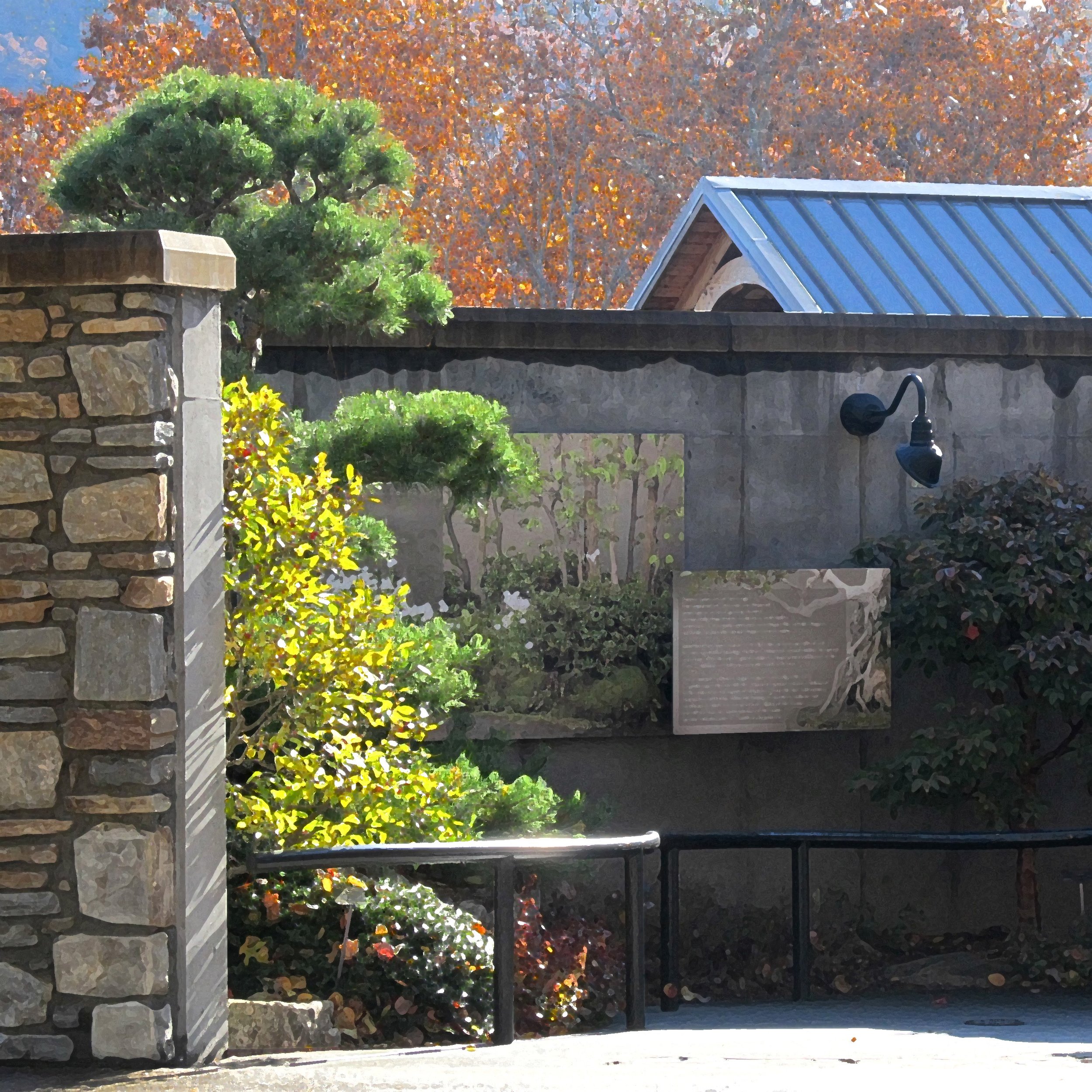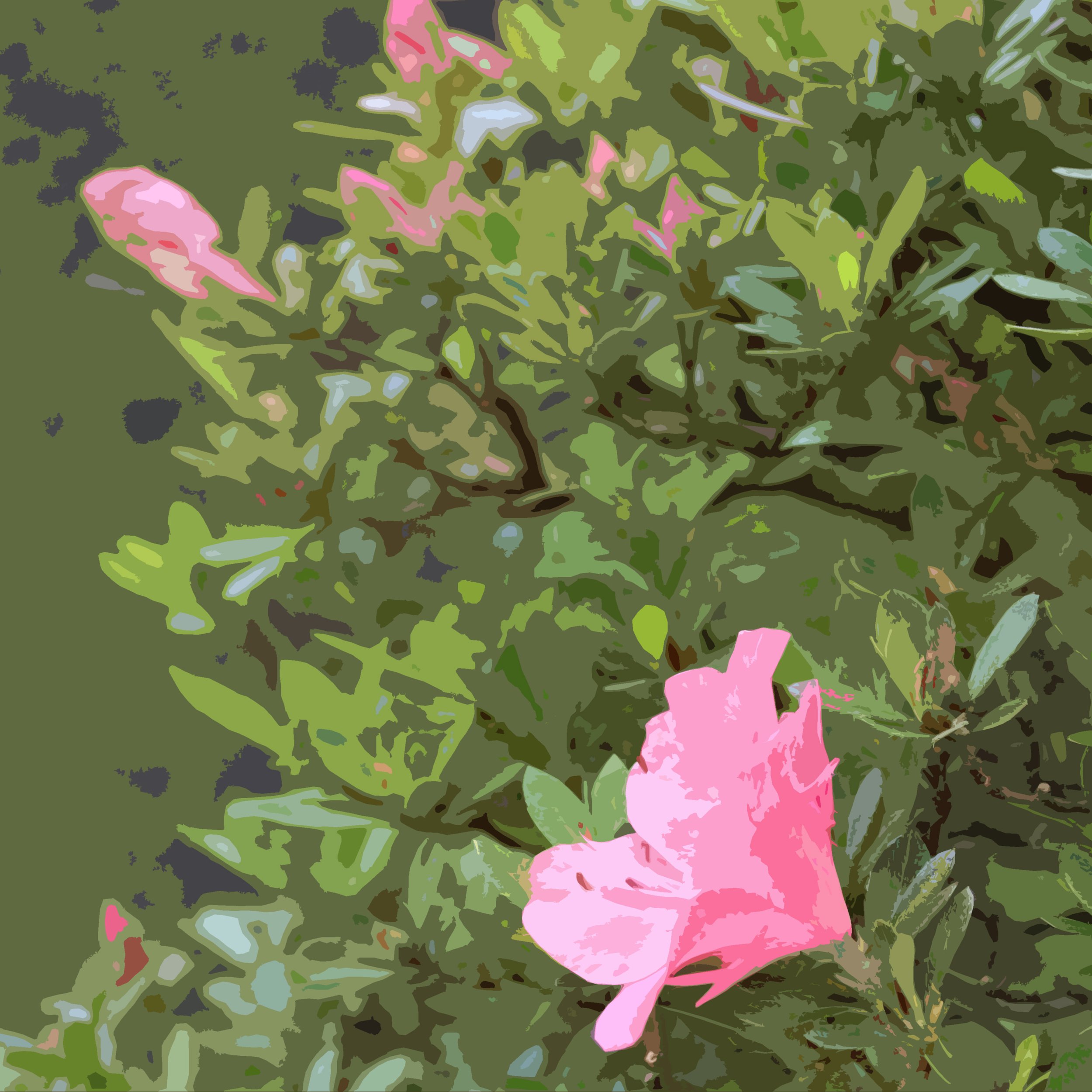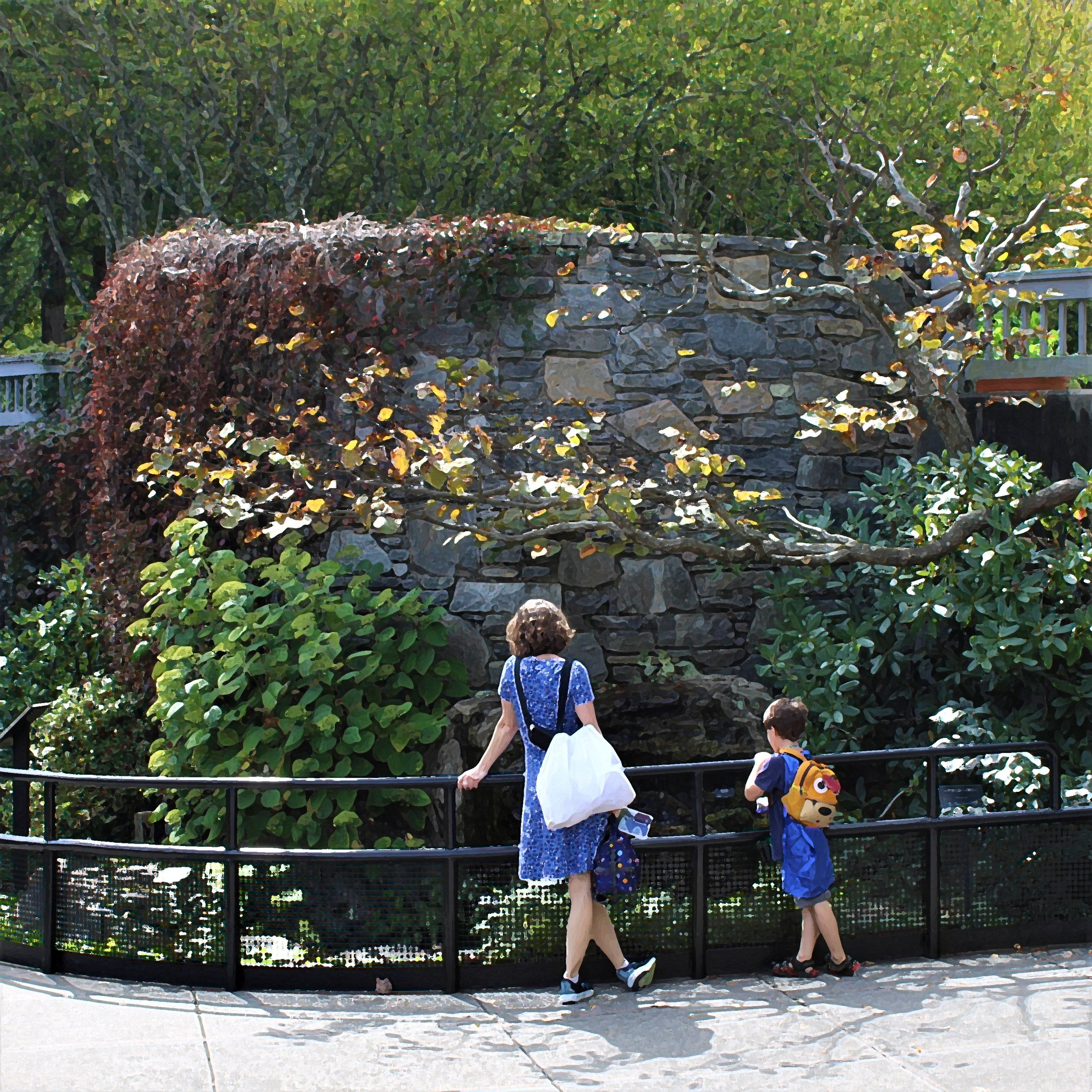The American hornbeam had previously been part of a different Arboretum landscape planting, but was removed because it had a more noticeably crooked trunk than the other trees with which it had been planted. The rejected hornbeam was in a storage area for several years when I noticed it and asked about its availability. The same crooked trunk that was previously seen as a flaw made the tree attractive for its new assignment.
Read MoreThis small area is referred to as the Upper Level Entry Garden. It is very much part of the bonsai garden and it is maintained in the same manner. That means the Scots pine is pruned and shaped in a way that gives it an appearance suggestive of a bonsai.
Read MoreGardens are beautiful because there is beauty in life. There is more than that, though. It is the inescapable fact of existence as we know it, that where there is life there must inevitably be death. Life feeds on death, on all levels from the microscopic to the largest manifestations of creative energy.
Read MoreEven without the little trees, the jewels at the heart of the garden’s identity, the place enchants. People slow down as they walk through, they speak more softly and look more carefully. The bonsai garden is not large but there is much to see in the layers of detail contained within. The second stage of spring in the bonsai garden begins on the second Saturday in May — World Bonsai Day — when the bonsai are returned to their benches and the garden is made whole.
Read MoreThere are times when the growing season feels never-ending, like the pruning and watering and close monitoring of the display trees and the garden landscape will go on forever. Nothing goes on forever, though. Summer is where the action is. Summer is alive and vibrant, demanding and exhausting. This was the thirty-first summer of bonsai at the Arboretum, the eighteenth summer in the bonsai garden. It was a good one, and now it's officially over.
Read More



